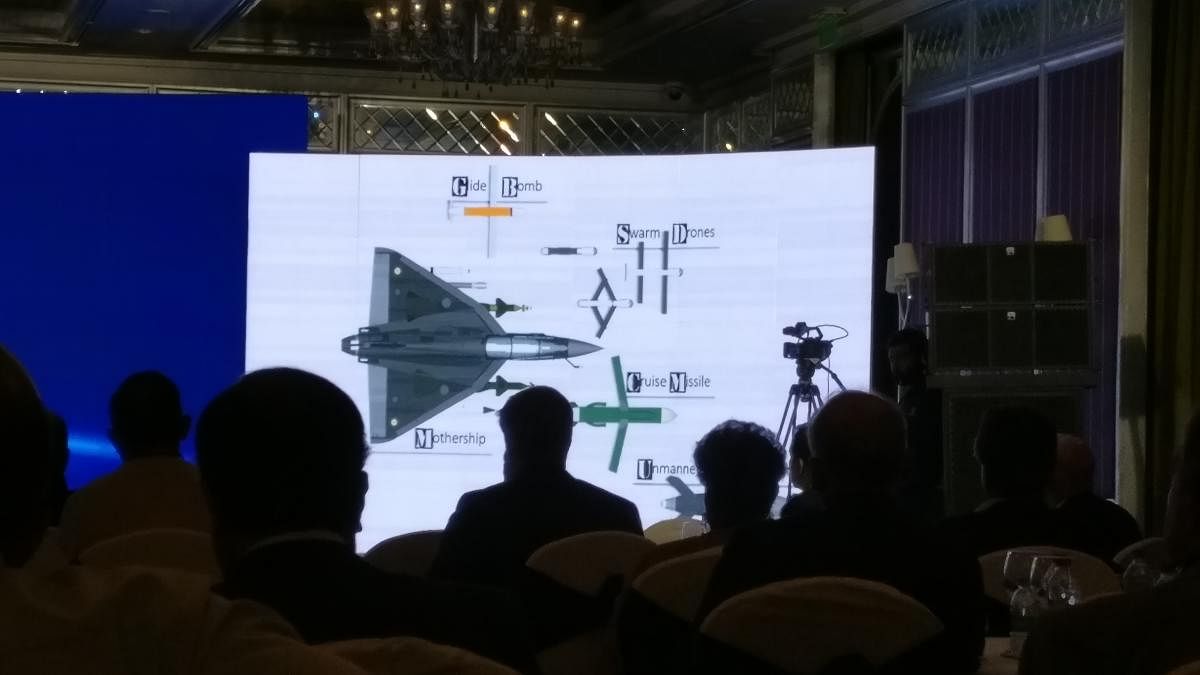
Toiling in secret at the Hindustan Aeronautics Limited (HAL), test pilots and engineers are working on a next-generation unmanned aerial vehicle project, which could see kamikaze drones destroy missile sites even as other aircraft-sized drones engage targets over the battlefield.
The technology might sound like the stuff of science fiction, except that it is just around the corner, according to Group Captain Harsh Vardan Thakur of HAL’s Flight Operations Unit. He was speaking about the project at a conference organised by the Synergia Foundation in Bengaluru on Saturday.
The programme, being run at HAL’s flight testing facilities in Bengaluru and in New Delhi, aspires to develop three distinct classes of drones, many of which are already in development in the West and China.
Among them is a glide bomb and an air-launched swarm drone system called the Alpha-S, a metre-long drone carrying 1.5 tonnes of explosives and designed to be air-launched from panniers carried aboard fighter aircraft.
When deployed, the drones fly in formation at speeds of 100 kmph, scouting for targets of opportunity, including missile sites. Once the target is identified, the swarm dives, kamikaze-style, to obliterate the target.
“The system is so compact that a Sukhoi Su-30 is capable of carrying 30 to 40 drones,” Thakur explained, adding that this is the future of warfare.
The programme, which is called the Combat Air Teaming System (CATS) began in 2017 and was the brainchild of the Bengaluru-based startup NewSpace Research and Technologies. Since then, the project has grown to include the involvement of medium and small industries and HAL.
Thakur said concern over China’s advances in drone technology had prompted the pilots, engineers and HAL to indulge in a crash-course to develop the new generations of drones.
“You have to understand that we are up against tremendous development in other countries, especially China, to the point that we cannot catch up. If you look at a recent Chinese military parade, you will see them wielding a massive amount of drones,” he said.
CATS’ most technically advanced creation, however, is a new robot wingman - an unmanned aircraft half the size of a regular fighter and armed with stealth features. Armed with AI, the drone is designed to fly nearly a 100 kilometers ahead of a conventional fighter to engage enemy threats.
Although CATs has been tested for the Indian Air Force in Pokhran, Thakur clarified that the technology still requires a lot of work from HAL, the National Aeronautics Laboratory and others, plus a few thousand crores to complete the programme.
“We can‘t afford to stop. What is frightening is that 50% of China’s combat forces in the next war will be autonomous,” said a project manager who did not wish to be named.